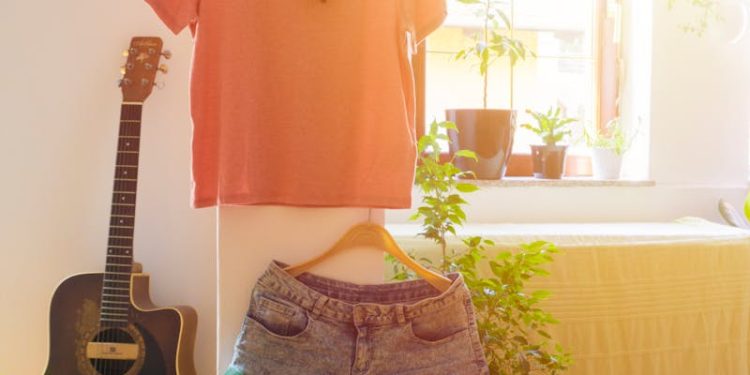A cohesive color palette is the foundation of a well-curated wardrobe and stylish outfits. By selecting colors that complement each other, you can create endless outfit combinations that look intentional and polished. Whether you prefer bold hues, neutral tones, or a mix of both, this guide will help you build and use a cohesive color palette with confidence.
Why a Cohesive Color Palette Matters
A consistent color palette offers several advantages:
- Effortless Outfit Coordination: With complementary colors, mixing and matching becomes simple.
- Timeless Style: A thoughtful palette reduces the temptation to chase fleeting trends.
- Sustainability: Investing in versatile pieces minimizes waste and promotes mindful consumption.
- Personal Expression: Your palette reflects your personality and enhances your unique style.
Understanding Color Basics
To build a cohesive palette, it’s essential to understand basic color theory:
- Primary Colors: Red, blue, and yellow are the foundation of all other colors.
- Secondary Colors: Created by mixing two primary colors (e.g., green, orange, purple).
- Tertiary Colors: Formed by combining a primary and secondary color.
- Warm vs. Cool Tones: Warm tones include reds, yellows, and oranges; cool tones encompass blues, greens, and purples.
Familiarity with the color wheel helps you select harmonious combinations.
Choosing a Base Color
Start by selecting a base color that anchors your palette. Neutral tones like black, white, gray, beige, and navy are popular choices because they pair well with other colors. Consider:
- Lifestyle Needs: Neutral tones are ideal for workwear, while vibrant bases suit creative environments.
- Skin Tone: Warm skin tones pair well with earthy neutrals, while cool skin tones shine in shades like charcoal and navy.
Your base color should align with your daily wardrobe requirements and personal preferences.
Adding Complementary Colors
Complementary colors enhance your base tone and add variety to your palette. Use the color wheel to find:
- Analogous Colors: Shades next to each other on the wheel (e.g., blue, teal, and green) for a harmonious look.
- Contrasting Colors: Opposite shades on the wheel (e.g., blue and orange) to create bold, dynamic outfits.
- Tints and Shades: Lighter or darker variations of your base color for subtle depth.
These complementary hues ensure your wardrobe feels cohesive and versatile.
Incorporating Accent Colors
Accent colors add personality and flair to your palette. Use them sparingly to maintain balance. Examples include:
- Vibrant Accessories: Bright scarves, handbags, or shoes in red, yellow, or cobalt blue.
- Statement Pieces: A bold jacket or dress in a standout color.
- Seasonal Variations: Incorporate pastels in spring or jewel tones in fall.
Accents should complement rather than overwhelm your overall color scheme.
Building a Capsule Wardrobe with Your Palette
A capsule wardrobe built around your palette ensures all pieces work together seamlessly. Start with essentials:
- Tops: Neutral t-shirts, blouses, and sweaters in your base color.
- Bottoms: Complementary trousers, skirts, and jeans in versatile shades.
- Outerwear: Jackets and coats that tie your outfits together.
- Shoes and Accessories: Add interest with accent-colored items.
This approach maximizes outfit possibilities while keeping your wardrobe streamlined.
Mixing Patterns and Prints
Patterns and prints add depth to a cohesive palette. To incorporate them:
- Stick to Palette Colors: Choose patterns that include shades from your established palette.
- Start Small: Begin with subtle prints like pinstripes or polka dots before trying bold designs.
- Mix with Care: Pair a patterned piece with solid colors to maintain balance.
Patterns can enhance your style without disrupting your palette’s harmony.
Adapting Your Palette for Seasons
Seasonal changes can inspire adjustments to your palette. Consider:
- Spring: Add pastel tones like blush pink, lavender, or mint green.
- Summer: Incorporate bright, sunny hues like coral, turquoise, or lemon yellow.
- Fall: Opt for earthy shades like rust, olive, and mustard.
- Winter: Embrace deep tones like burgundy, navy, and emerald green.
Seasonal updates keep your wardrobe fresh and aligned with the time of year.
Maintaining Balance
Balance is key to a cohesive palette. Avoid overloading your wardrobe with too many colors by:
- Limiting Accent Colors: Stick to 2-3 accents to keep your palette focused.
- Rotating Seasonal Pieces: Swap out accent items seasonally instead of adding new colors.
- Reviewing Regularly: Assess your wardrobe periodically to ensure consistency.
Balanced colors ensure your outfits remain visually pleasing and versatile.
Confidence in Your Palette
Ultimately, a cohesive color palette empowers you to express your style with ease. Embrace experimentation, trust your instincts, and enjoy the confidence that comes with a well-curated wardrobe. Your unique palette will serve as a foundation for countless stylish looks, no matter the occasion.








